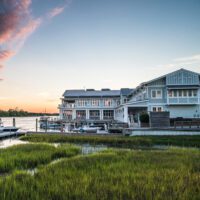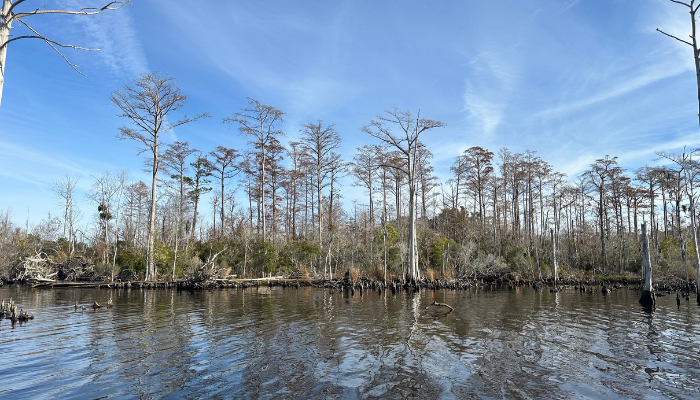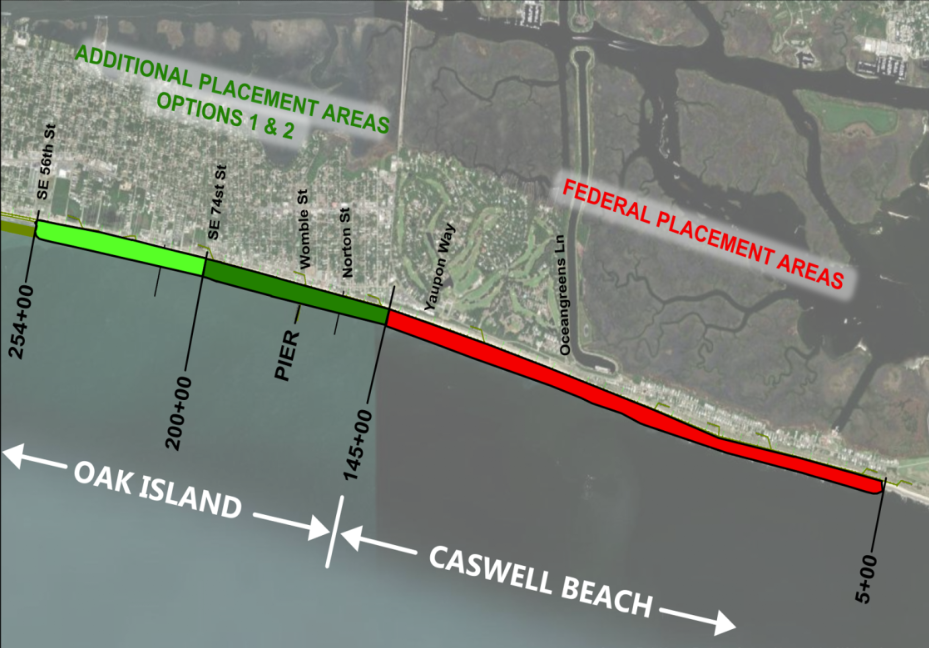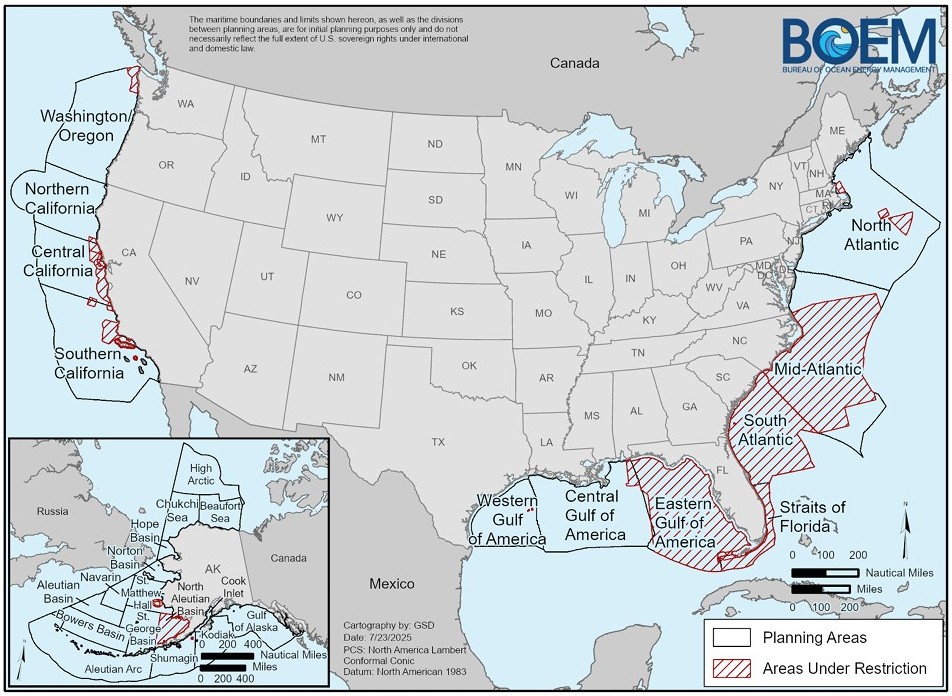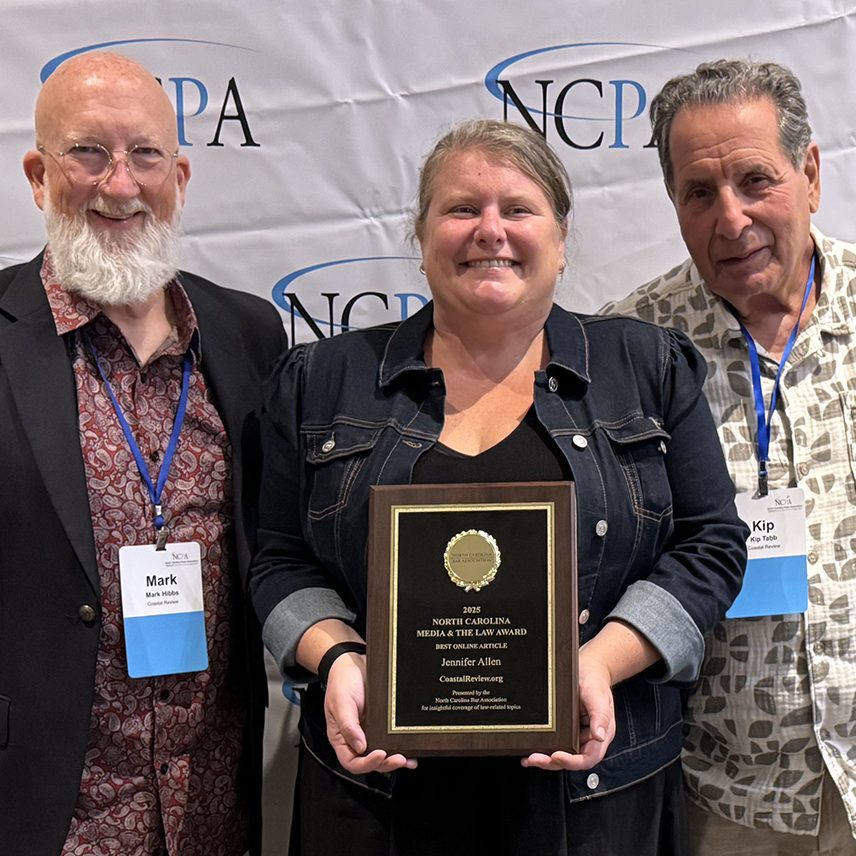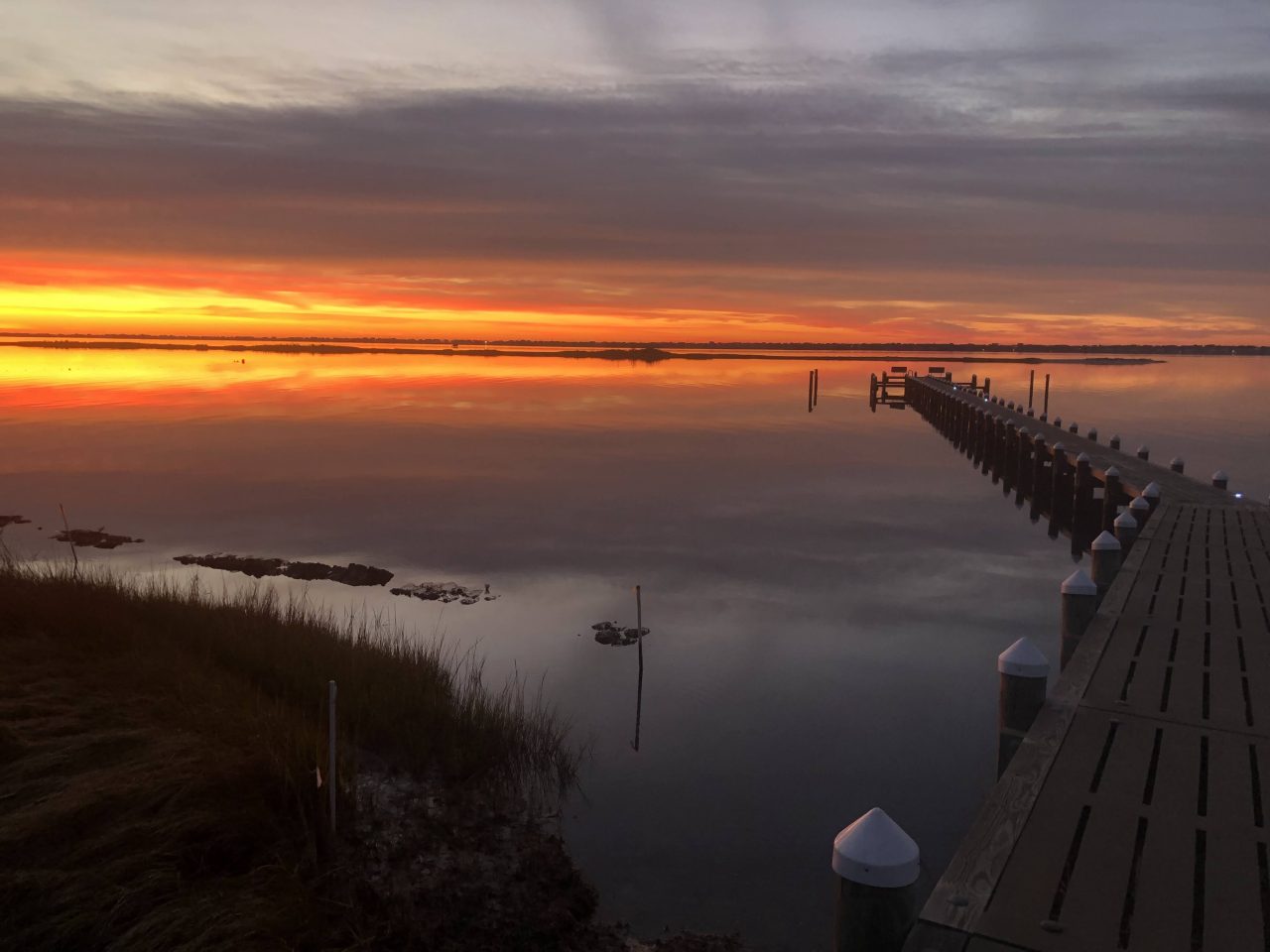
NEWPORT — The 2025 hurricane season is the first since the state’s building code reinstated standards for residential docks and piers. In an effort to help local governments and coastal property owners better understand these new building codes, the North Carolina Coastal Federation has compiled a comprehensive guide, the first of its kind in the state.
Coastal Advocate Kerri Allen with the Coastal Federation explained the addition of these standards could help reduce harmful marine debris, since the majority of debris found post-storms has been attributed to poorly constructed docks and piers.
Supporter Spotlight
“The majority of the debris we see after storms comes from broken-up docks and piers that were never built to withstand serious weather,” Allen said. “These new codes give us a real opportunity to protect our coastlines, our wildlife, and our neighbors from the impacts of that debris.”
Building to code is essential for several reasons. First, it enhances safety by reducing the risk of injury and structural failure. Code-compliant structures are also designed for long-term durability, helping them better withstand high winds, storm surge, and sea level rise. Legal compliance is another critical factor, as adhering to building codes helps avoid costly fines or permit issues.
From a financial perspective, investing in a resilient dock can save homeowners up to $100,000 over 35 years by reducing the need for major repairs and replacements. Equally important, code-compliant construction demonstrates environmental responsibility by helping prevent marine debris and protect sensitive coastal ecosystems.
“If you’re investing in a dock, do it right the first time,” Allen added. “Work with a qualified marine contractor and engineer who knows the local conditions and can guide you through the permitting process. Cutting corners may save money up front, but it usually ends in expensive damage, not to mention environmental harm.”
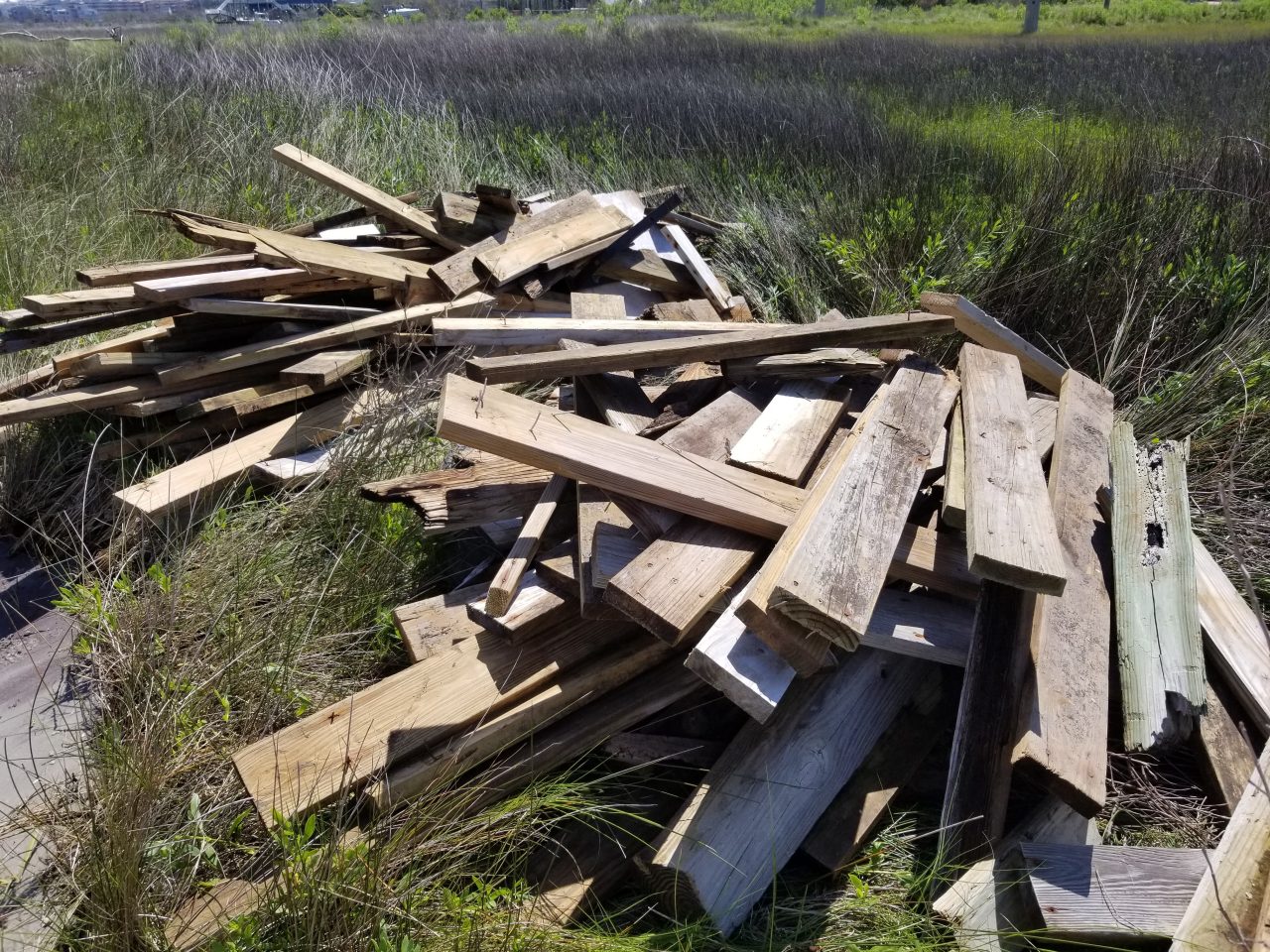
Allen emphasized that most people don’t immediately think of their dock when they consider safety or environmental impact, but they should. “It’s easy to overlook, but your dock might be one of the most important things you can build responsibly. This is one of the best ways waterfront property owners can reduce their footprint and protect their community,” said Allen.
Supporter Spotlight
5 Steps to Build a Code-Compliant Dock
- Hire Qualified Professionals Choose a licensed marine contractor and engineer with strong references and coastal experience. Jobs over $40,000 require licensed professionals in North Carolina
- Design with Compliance in Mind Ensure your design complies with the North Carolina Building Code (Section R327) and the Coastal Area Management Act (CAMA) regulations, as well as any local requirements.
- Select the Right Materials Use weather-resistant, marine-grade materials (e.g., composite decking, treated lumber, galvanized fasteners) and avoid cheap or untreated wood, especially near seawater.
- Monitor Construction Have your engineer inspect progress to ensure the structure is built as designed and keep documentation of any changes or inspections.
- Final Inspection & Certification Secure a final inspection from your local authority and keep copies of all permits, plans, and approvals for future reference.
This work was funded by the National Oceanic and Atmospheric Administration Marine Debris Program. You can read the full guide here or by visiting the Coastal Federation’s website, https://www.nccoast.org/resource/resilient-docks-piers-toolkit/.
The North Carolina Coastal Federation publishes Coastal Review.

